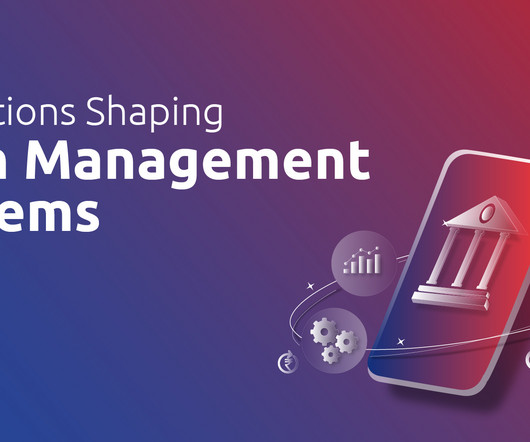Trade Ledger Partners With Wiserfunding For Commercial Risk Assessments
PYMNTS
MARCH 10, 2020
Inaccurate and slow credit risk assessment for [small- to medium-sized business (SMB)] commercial loan requests is one of the major reasons that over 50 [percent] of loans are currently declined by financial institutions (FIs),” said Roger Vincent, chief innovation officer at Trade Ledger.














Let's personalize your content